
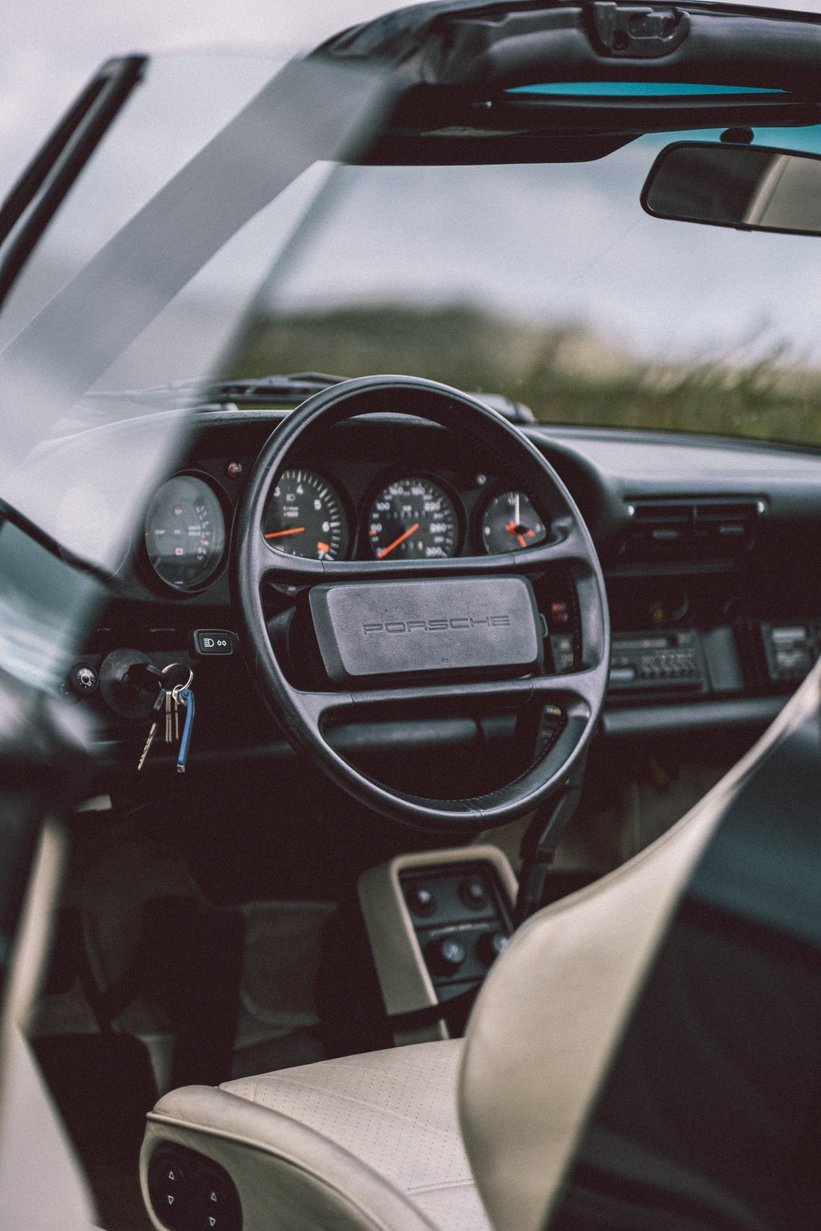
Everything is wrong. The weather is terrible — it’s freezing and raining. The island has virtually no corners and a speed limit of 70 km/h. The car is Forest Green instead of Turquoise or Carmine Red, and I’m a blond Slav wearing a thin Gulf jacket, thinking he’s Steve McQueen. We are as far away from Pablo Escobar, Miami Vice and 1980s opulence as possible, but still, spending time with the ‘Widowmaker’ should make this day very interesting.
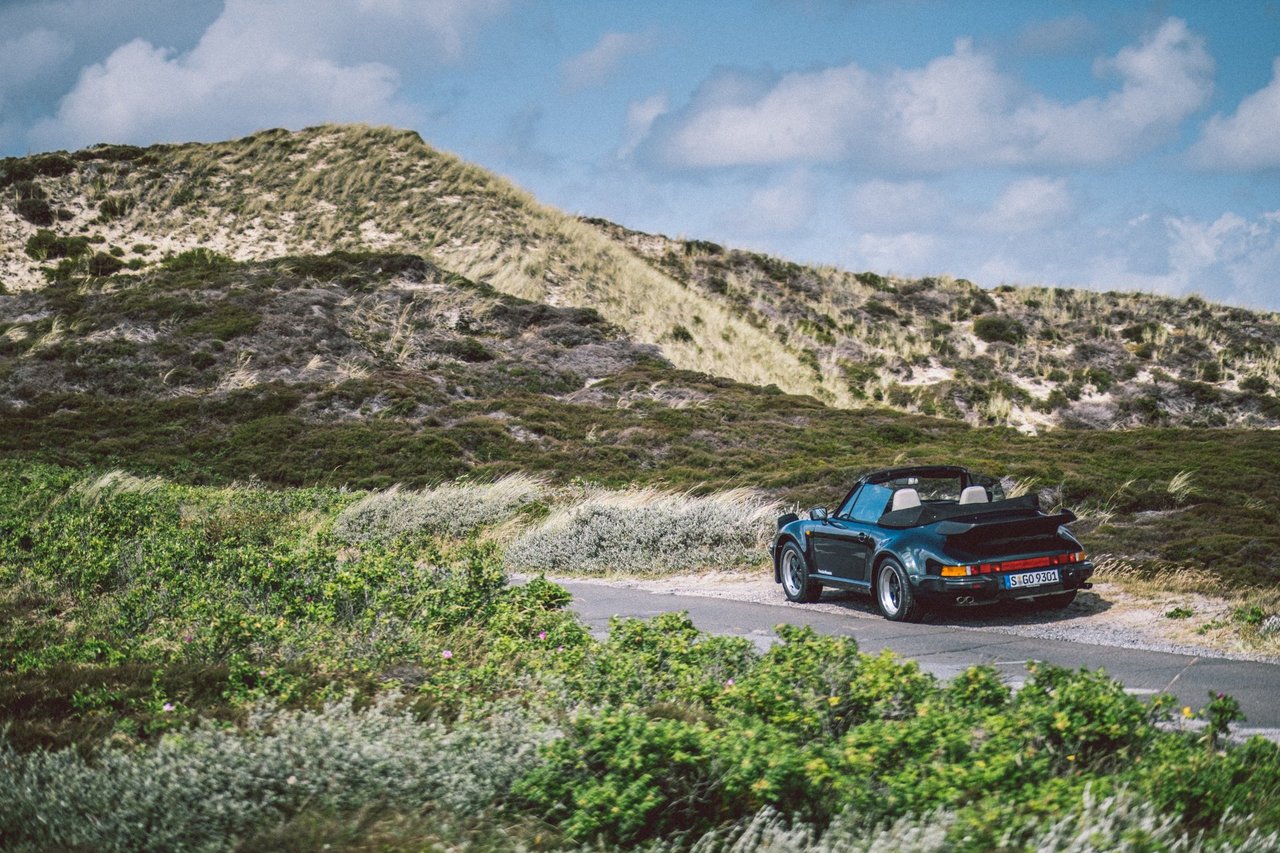
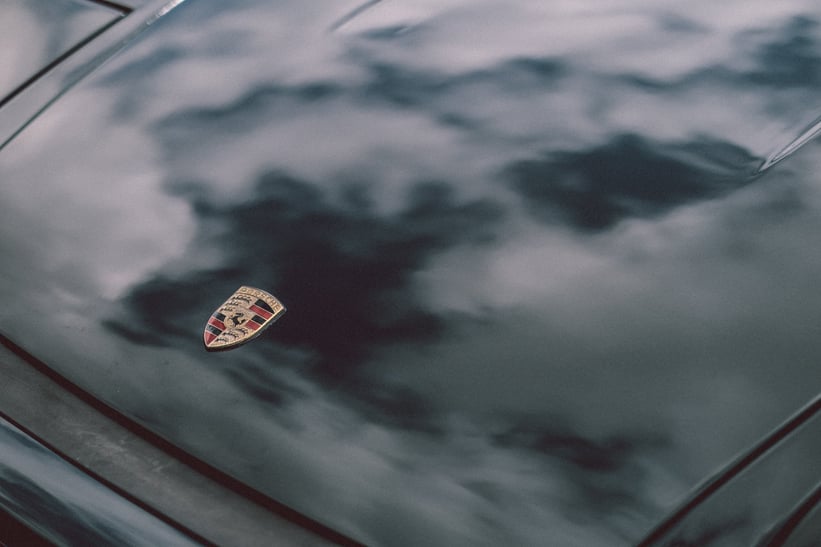

“Please, be very, very careful!” the Porsche Museum mechanic who came with the car warns. “Until it reaches 3,500 rpm, it drives like a normal 100-horespower car, OK? Do you understand that? But when you get to about 3,501, then — boom! — you have 330 horses,” he says and adds a gesture which is supposed to represent an explosion. “So, in the wet, in the corners, even in a straight line, please, please watch the revs and plan your actions accordingly.”
He’s right. The ‘Widowmaker’ didn’t earn its reputation without reason. This is a true Dr Jekyll and Mr Hyde car. One makes for a cool looking, fairly comfortable and practical (as any Porsche) everyday supercar. Whilst the other is a 330 PS, 275 km/h monster, which will most definitely try to kill you when you least expect it. Welcome to the 930 Turbo Flatnose (or Slantnose) convertible — a 1989 last hurrah of the optimistic, excessive and lavish decade of the 1980s.


Let’s begin with a short history lesson. The car was offered as a factory conversion of the regular Porsche 930 Turbo (which was no slouch in itself), made by Porsche’s ‘Sonderwunschprogramm’ — a special order program, which was started when the company saw the opportunity to go after customers who paid tuners like RUF or Kremer to convert their regular 930 Turbos in a way which mimicked the hugely successful and aerodynamically superior 935 racing car. Aptly called — due to its enormous spoiler — ‘Moby Dick’, it won Le Mans in 1979, as well as Sebring, Daytona and the Nürburgring 24 Hours.
Seizing this opportunity made sense not only for the company, but also for its customers, as the manufacturer’s warranty and rust protection were fully preserved. Lower front wings, pop-up headlights from the Porsche 944 and a front spoiler with an integrated oil cooler replaced the original components, creating a “racing car for the road” look. As any 1980s playboy would surely tell you, this was the look chicks dug.
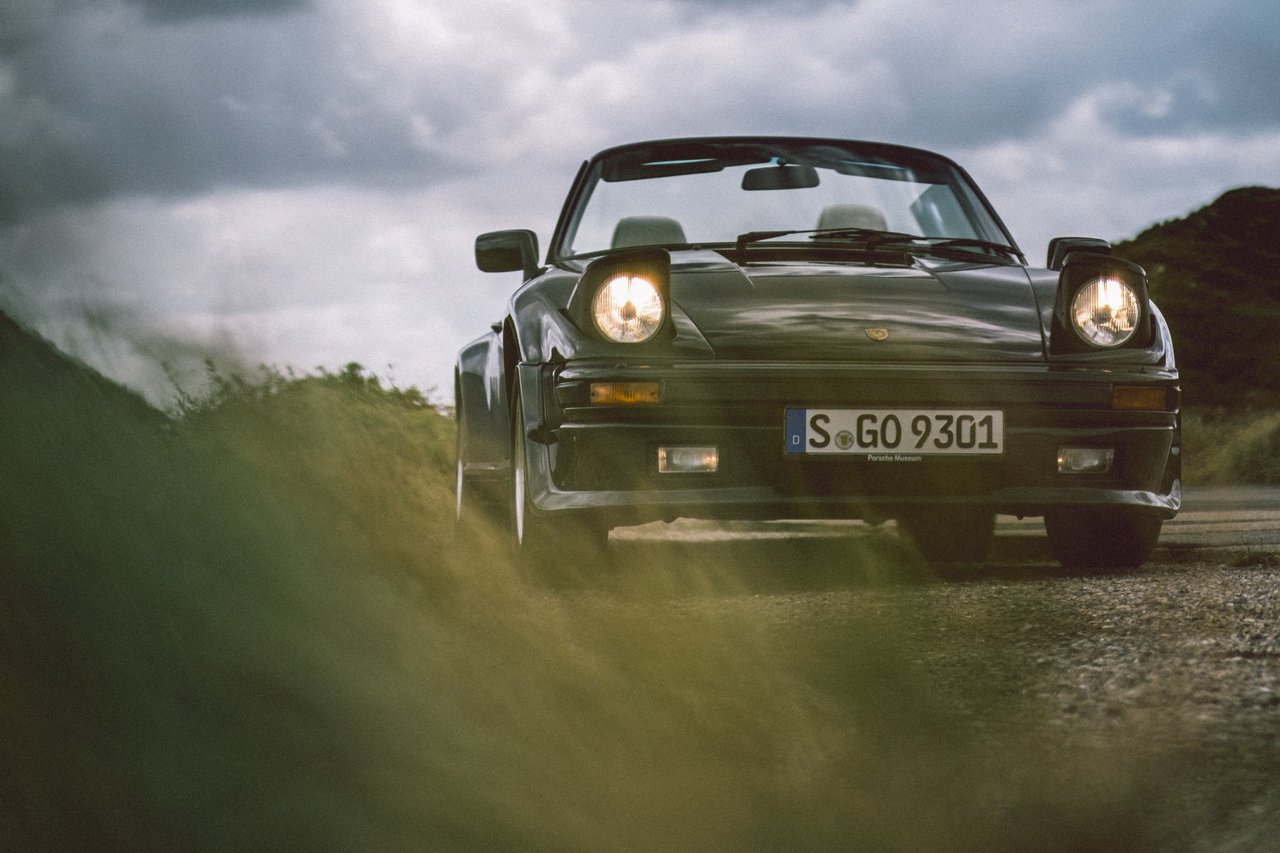
Like most Flatnose conversions, the car that I was supposed to drive for the following two days also received something called a ‘power kit’. This adds an additional 30 PS over the normal 300, achieved thanks to a larger turbocharger, a quad-pipe exhaust system and an optimised charge-air cooler. All of which, of course, noticeably improves the performance and top speed.
What it also does is make people like the Porsche Museum mechanic I was talking to very nervous. Only 948 examples were ever made (591 of which were the convertible version), which means that today this is a quarter-of-a-million dollar car. And this one might be worth even more than that, as it is the only 930 Flatnose I’ve ever seen that doesn’t have louvres on the front wings nor dual air intakes in the back of the ‘widebody’ wheel arches. Well, I hope they’re well insured.
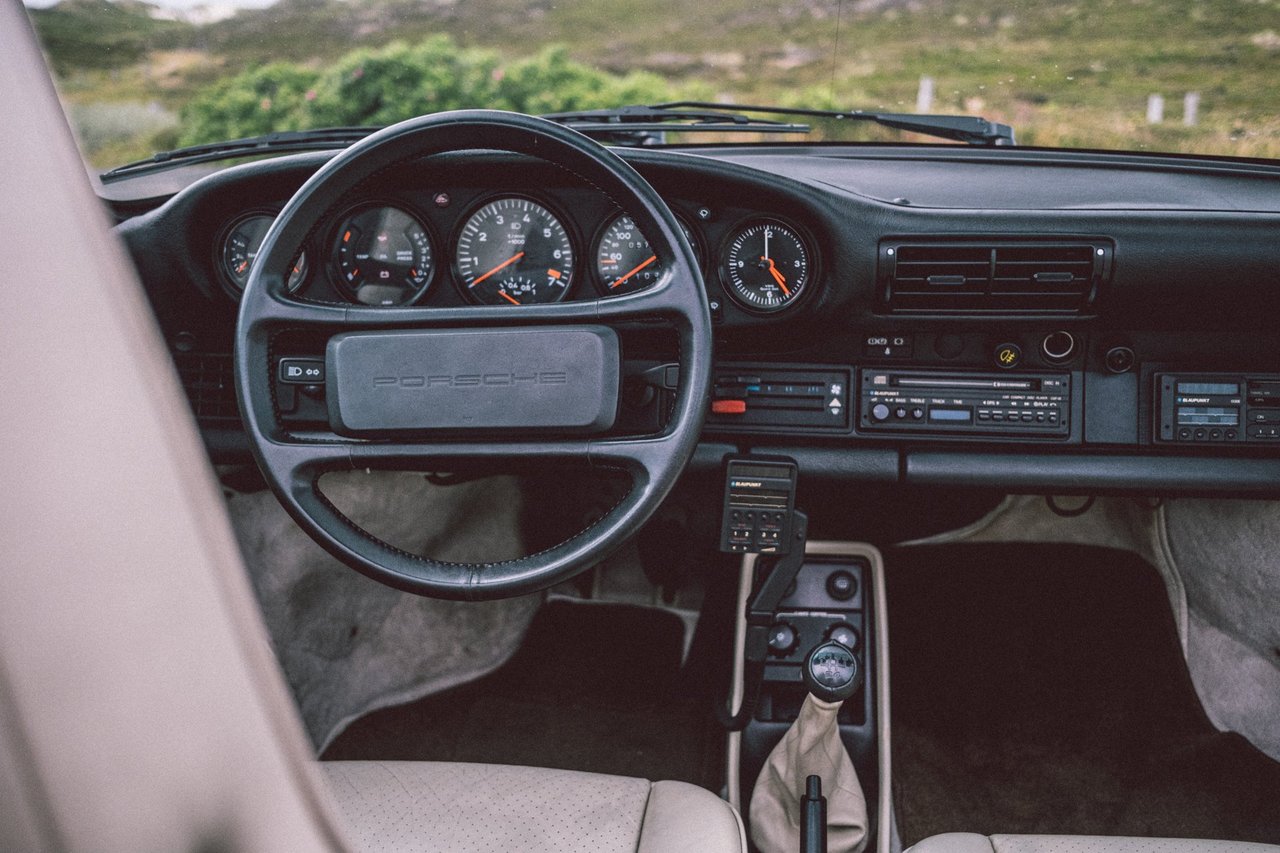
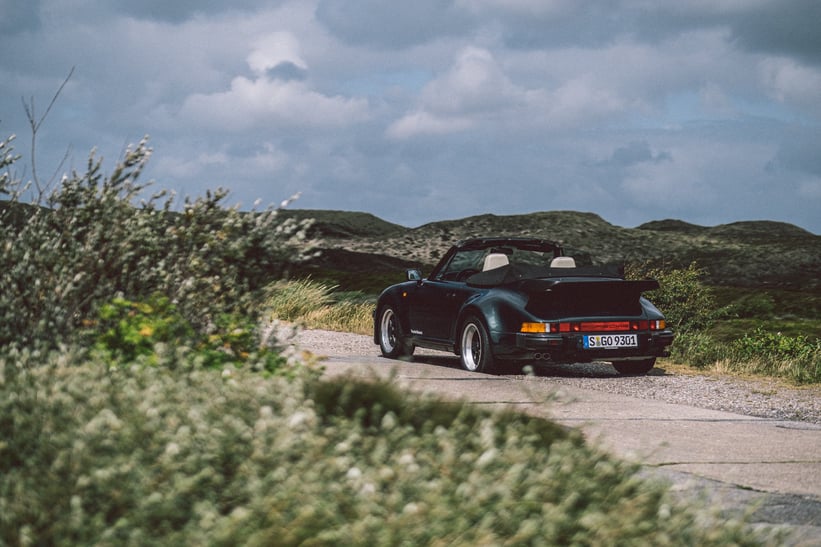
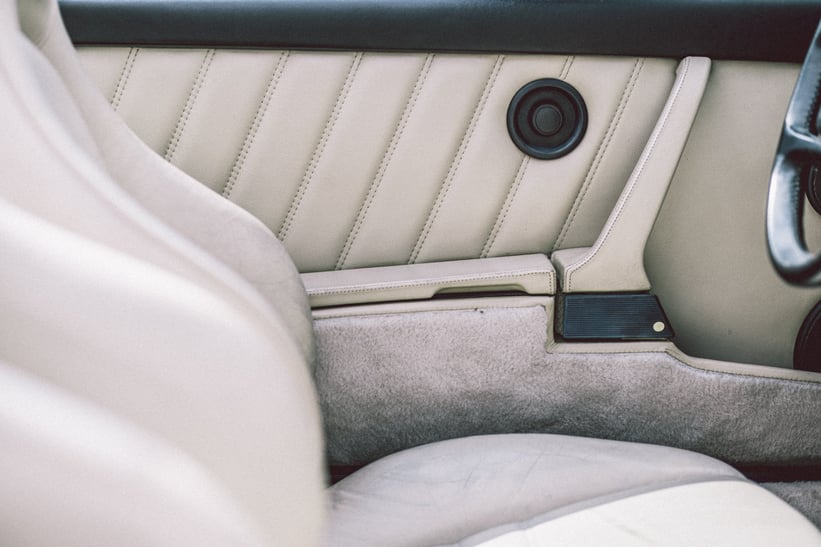
Anyone who’s used to the typical Porsche level of quality of manufacturing post-996 will be surprised at how many things on a 930 Turbo seem like a flimsily built, whimsically added afterthought. For example, the roof opens with a hidden button, which you can barely spot underneath the dashboard, and it will only do so if the ignition key is turned to the first, ‘accessory’ position and the car is stationary. Although, that last bit actually makes sense.
What doesn’t make sense is that there’s a separate set of knobs and stalks to operate the windscreen wipers. You turn the knob to make them go slowly and then use the stalk if you want them to go faster. There’s another button hidden under the dash, which does god knows what, as none of them are labelled. The Porsche Museum mechanic actually did explain it to me, but I have since forgotten, which means it must not have been important, right?
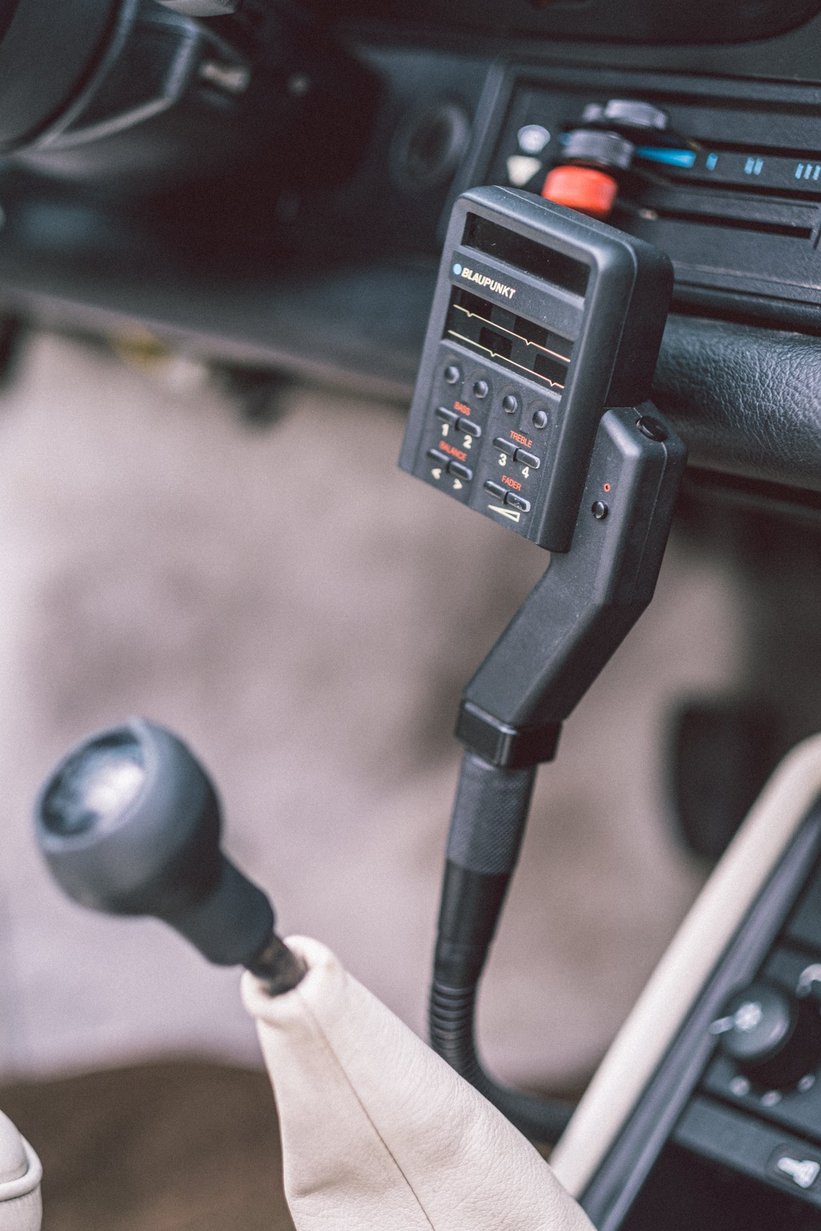
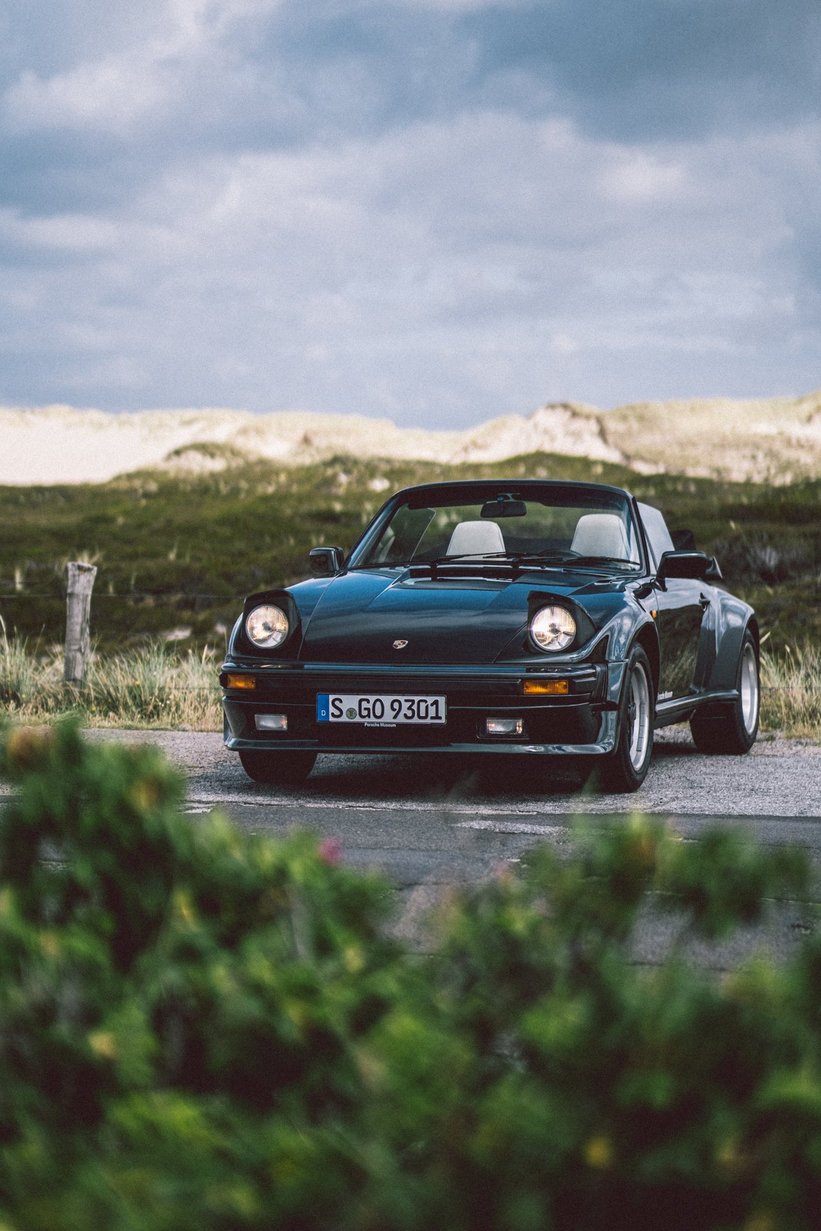
This car also has not one, but two, optional stereos. The first one with radio and cassette playing capabilities, and the second one with a CD player. The latter — which is further away and in front of the passenger — can be operated with a sort-of remote control: a panel mounted next to the gear lever on an adjustable metal column, put there so that, whilst driving, Pablo Escobar didn’t have to reach across the cabin to change songs or adjust balance, treble or bass. But the fog light switch is also located on the right-hand side, so he’d have to reach for it anyway, which might be a problem when you’re speeding down an autobahn in this particular death trap.
All of this ceases to matter when you turn on the engine. Mostly because you won’t be able to hear the stereo over the sound of the engine anyway. But you will need to know what all the buttons do without looking at them, as the 930 requires a lot of concentration whilst its being manhandled into submission.
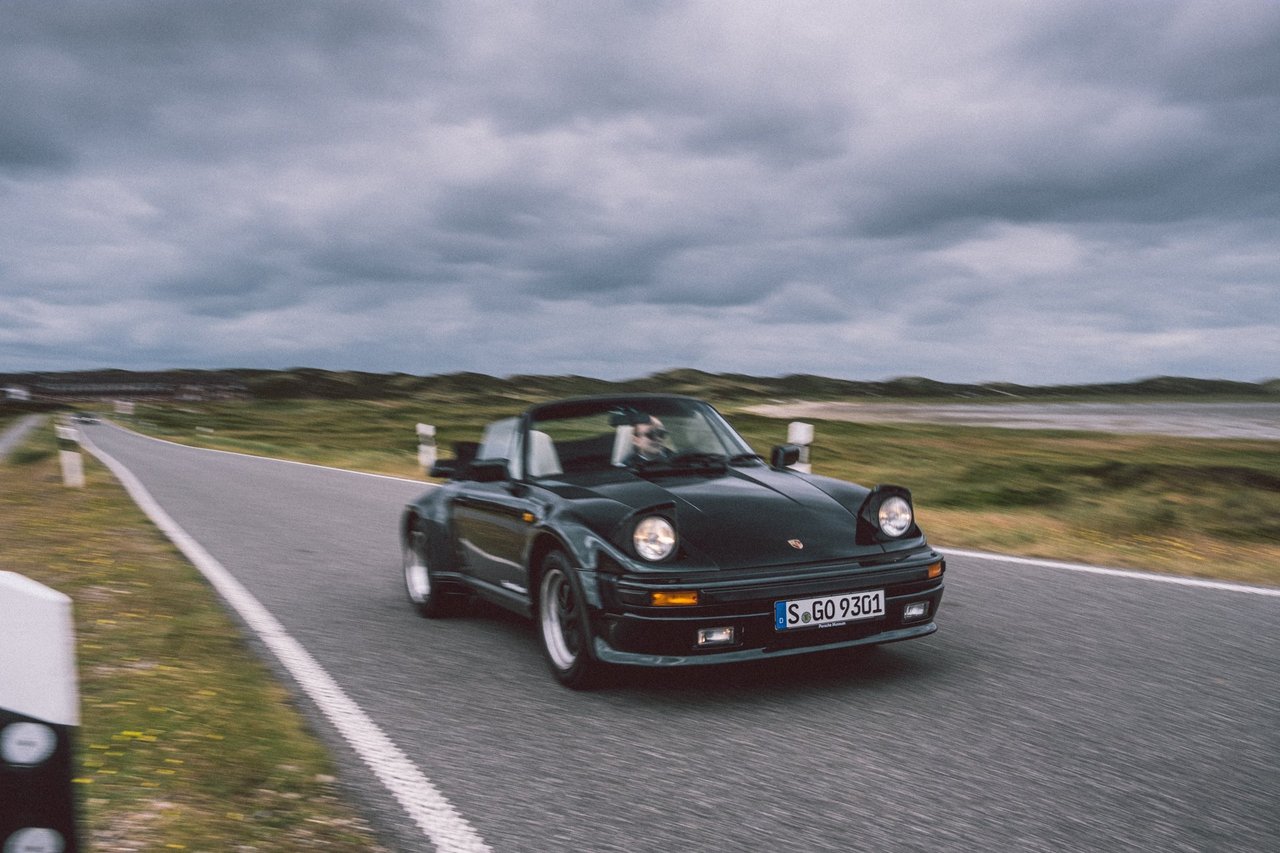
That’s because — as was said before — there’s nothing linear or smooth about the Flatnose’s power delivery. It’s as far away an experience from the likes of a modern Mercedes-Benz A45 AMG as it is physically possible. Most modern performance cars have the engine characteristic of a very fast diesel, with power and torque coming in early and all at once. Modern performance cars are bit like getting a bucket of water thrown in your face, compared to old-school, naturally aspirated cars, which are more like sipping a glass of champagne. They are therefore, in my view, bereft of any finesse and do little to engage me in the process of driving.
Here, it’s different. It’s the best and worst of both these worlds mixed up in a shaker and poured into a margarita glass. The outcome is nothing less than surprising. At first, the revs build up slowly, with a typical metallic, flat six Porsche gang. Then, the enlarged turbo kicks in and the rev counter needle flies up the scale. You don’t hold on to dear life (like in a 959), not in a straight line anyway, but with wheelspin occurring every time the fat rears are running over a small river of rainwater flowing across the tarmac, you quickly learn to respect this car.

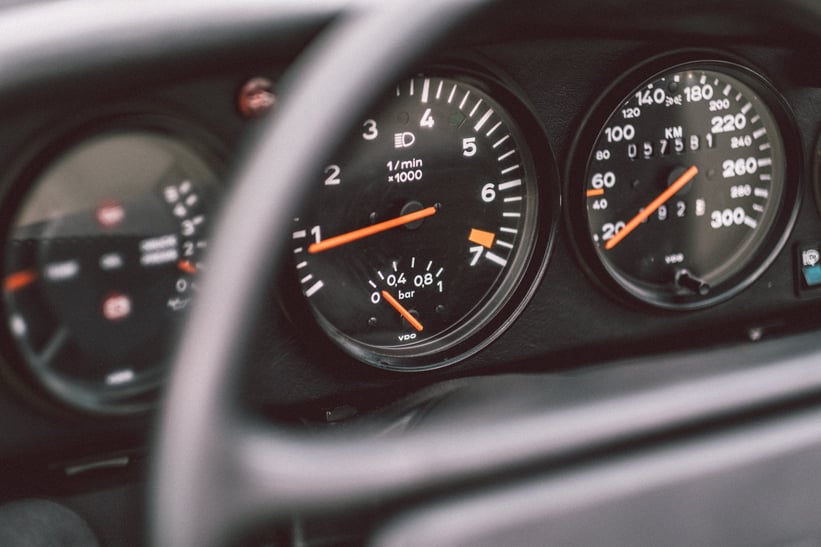
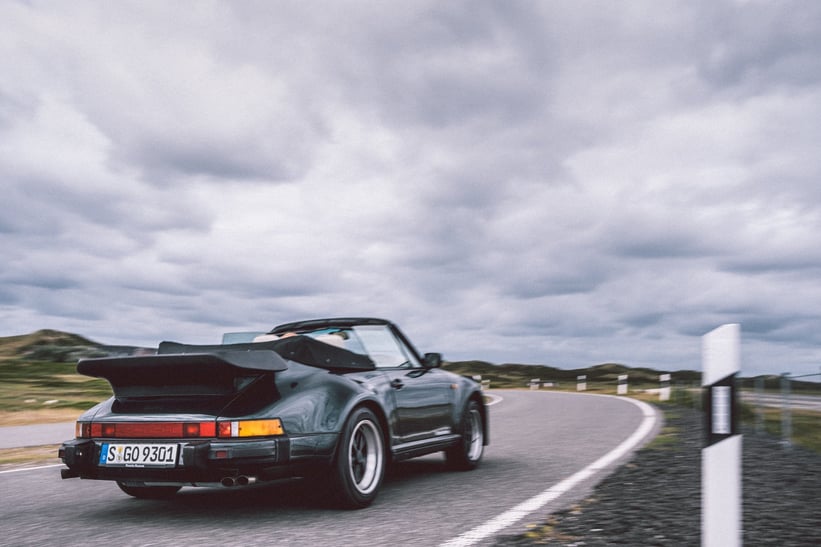
Then, you start enjoying the challenge. Whist the addictive blow-off valve noise transports you to a simpler, better time — the time of Group B rallying, when rally drivers were considered gods and not just part of some company’s marketing strategy — you start thinking about pushing it even more. Although driving the 930 is a lot scarier then driving a modern turbocharged car, at least it makes you feel alive.
Its steering is super precise and direct, making all power-assisted ones seem broken. Whilst the standard Porsche wheel itself is a bit too thin and large, making me instantly understand why people swap them for Momo Prototipos. The gearchange is very tight, and the clutch is heavy and requires some strength whilst operating it. The brakes are excellent, as on any Porsche. The entire process of braking, turning in, watching the revs, gradually straightening whilst keeping a watchful eye on the rev counter, exiting the corner and then flooring it (the slow in, fast out method) is very rewarding.
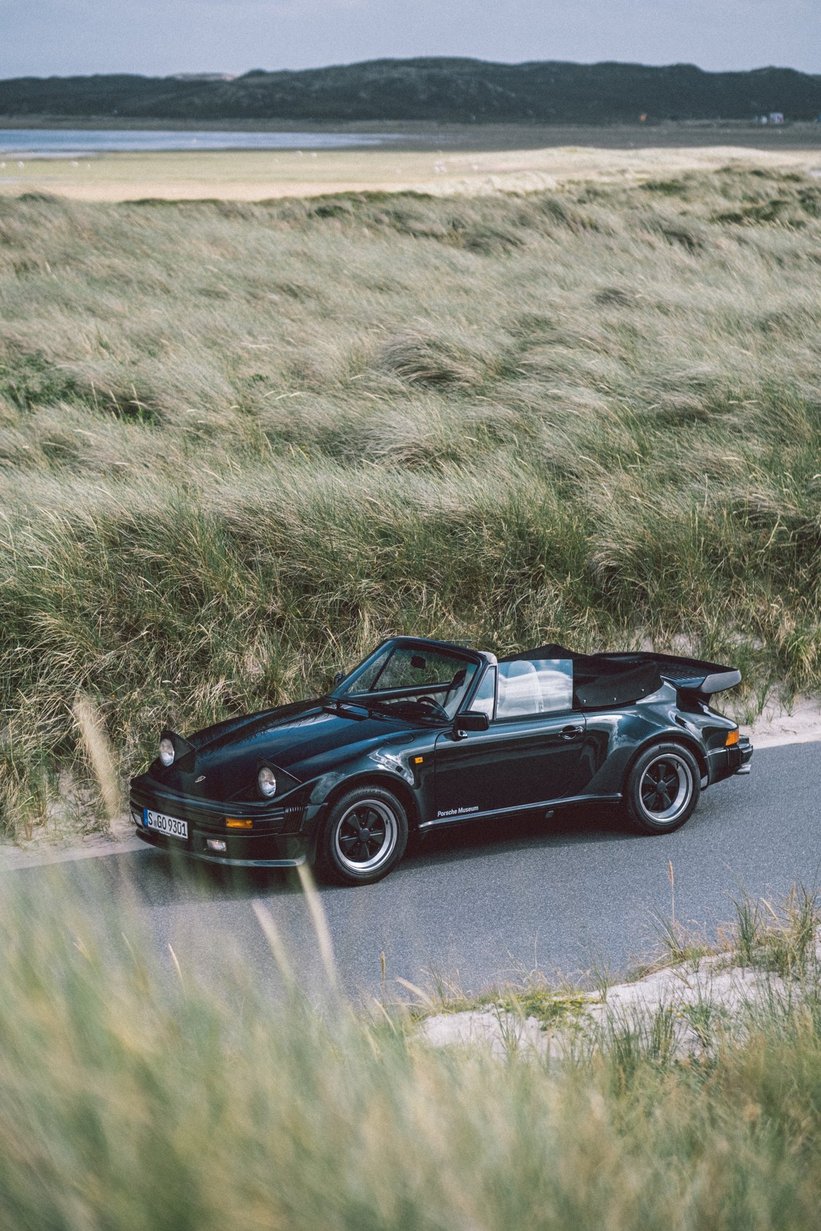
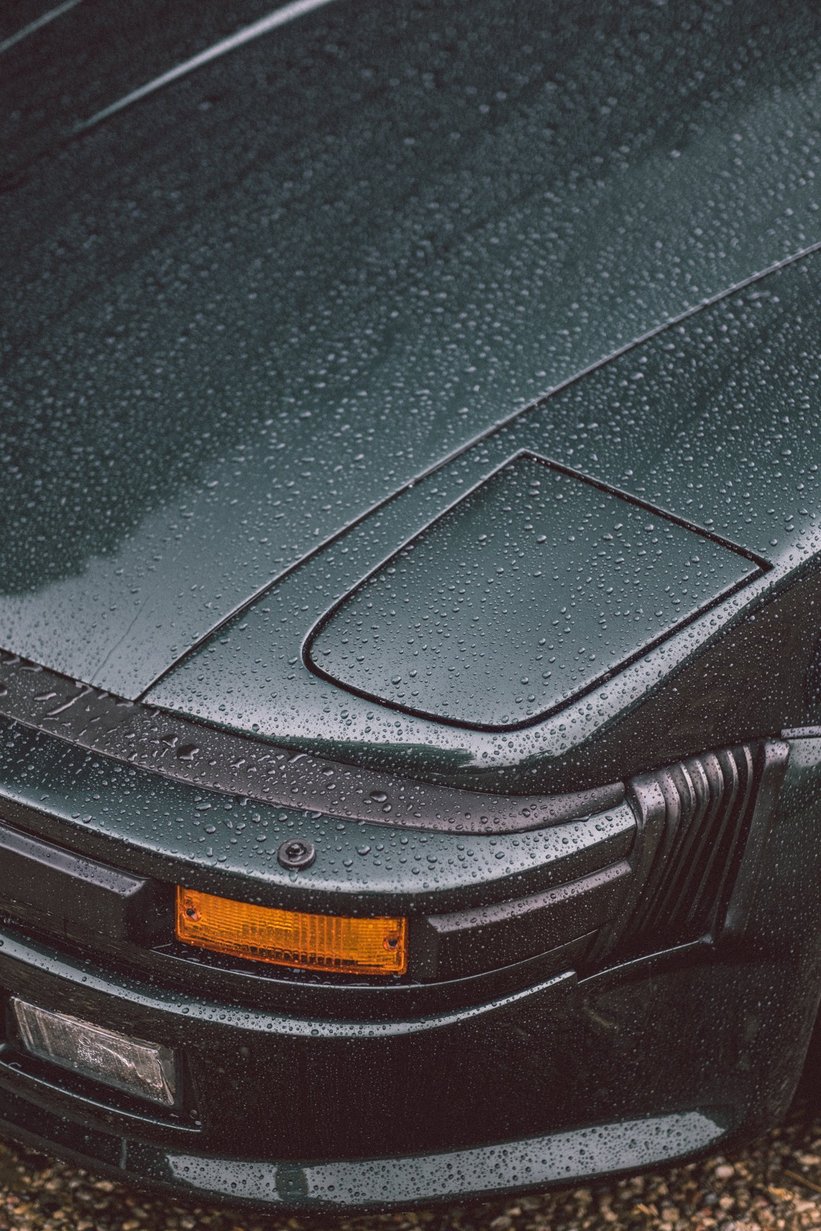
Even in convertible form, it feels solid and planted. It doesn’t shake or rattle much on bumps, and you don’t feel a lot of chassis flex; although, I only had three or four roundabouts to actually test this. The distance between the steering wheel and gear lever is almost non-existent — and therefore perfectly measured. The seats hold your body very firmly in place (a lot more then on my 996 Carrera), so you feel the car better. This is what Porsche’s legend is made of: it provides a visceral driving experience no matter what — even in a 30-year-old convertible that smells of raw petrol.
This isn’t like sipping champagne, nor is it like receiving a bucket of water in the face. It’s more like a crazy drug-fuelled party, where things are being mixed without much control. The outcome is always unclear, but hey, it’s very fun and even addictive.

This car is what motoring journalists call an analogue antidote to an increasingly digital world. And judging by people’s reactions to it, it’s also a crowd favourite — even if its proportions with the headlights closed are all wrong (it reminds me of a Bugatti Type 32 Tank with a picnic table attached to its back).
I still have no idea how it behaves at high speeds in fast corners, where I suppose it’s at its most dangerous, but one thing is certain: a lot of respect and restraint is required anytime you drive it. Otherwise, it’s like the man said: “This stuff is going to kill you.”
Photography: Błażej Żuławski for Classic © 2019











































